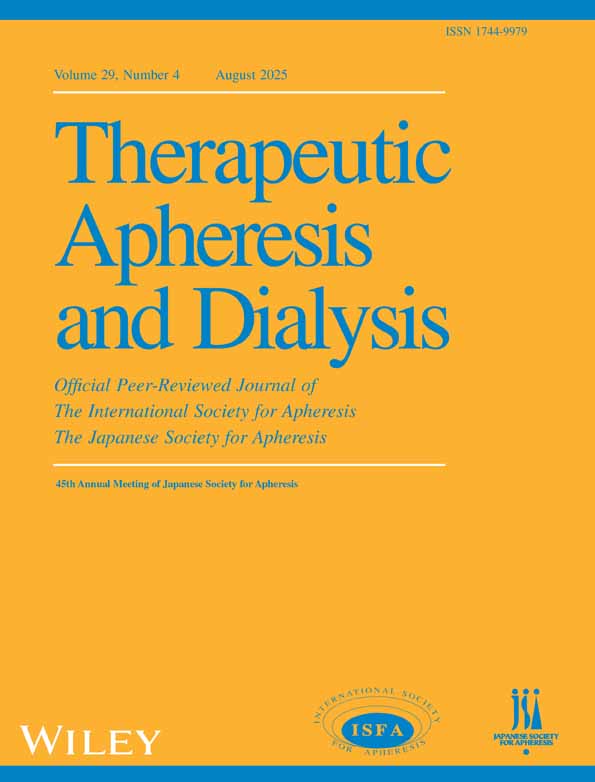Comparison and analysis of low-calcium and standard-calcium dialysates in patients undergoing continuous ambulatory peritoneal dialysis and their effects on calcium–phosphorus metabolism indicators
Abstract
Objective
We aimed to compare and analyze the effects of low-calcium dialysate (LCD) and standard-calcium dialysate (SCD) in patients undergoing Continuous Ambulatory Peritoneal Dialysis (CAPD) and their effects on calcium–phosphorus metabolism indicators.
Methods
This study was a retrospective trial. Based on the type of dialysate used, COPD patients were divided into the SCD group and the LCD group, with 25 patients in each group. Blood calcium (Ca), blood phosphorus (P), calcium–phosphorus product, intact parathyroid hormone (iPTH), and alkaline phosphatase (AKP) levels were compared before dialysis and at 30 and 90 days after dialysis in both groups. Adverse events during the follow-up period were recorded.
Results
At 30 and 90 days post-dialysis, the LCD group showed decreased Ca levels compared to pre-dialysis, while the SCD group exhibited increased Ca levels. The LCD group had lower Ca levels, P levels, and calcium–phosphorus product than the SCD group at these time points (p < 0.05). The LCD group demonstrated elevated iPTH and AKP levels compared to pre-dialysis, with higher iPTH and AKP levels than the SCD group (p < 0.05).
Conclusion
Long-term use of LCD in CAPD patients is of great significance in maintaining normal calcium and phosphorus metabolism.
CONFLICT OF INTEREST STATEMENT
The authors declare no conflicts of interest.
Open Research
DATA AVAILABILITY STATEMENT
The data that support the findings of this study are available from the corresponding author upon reasonable request.




